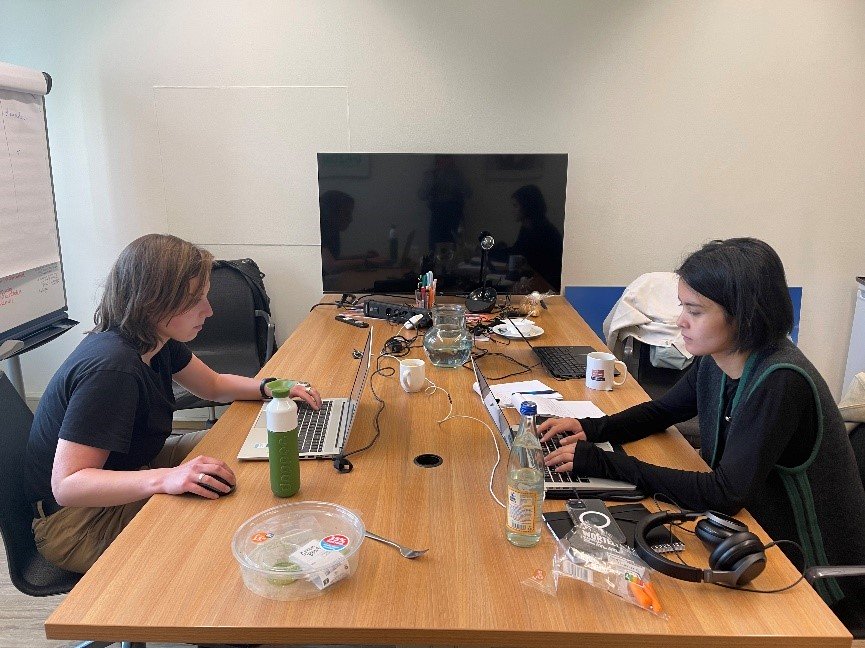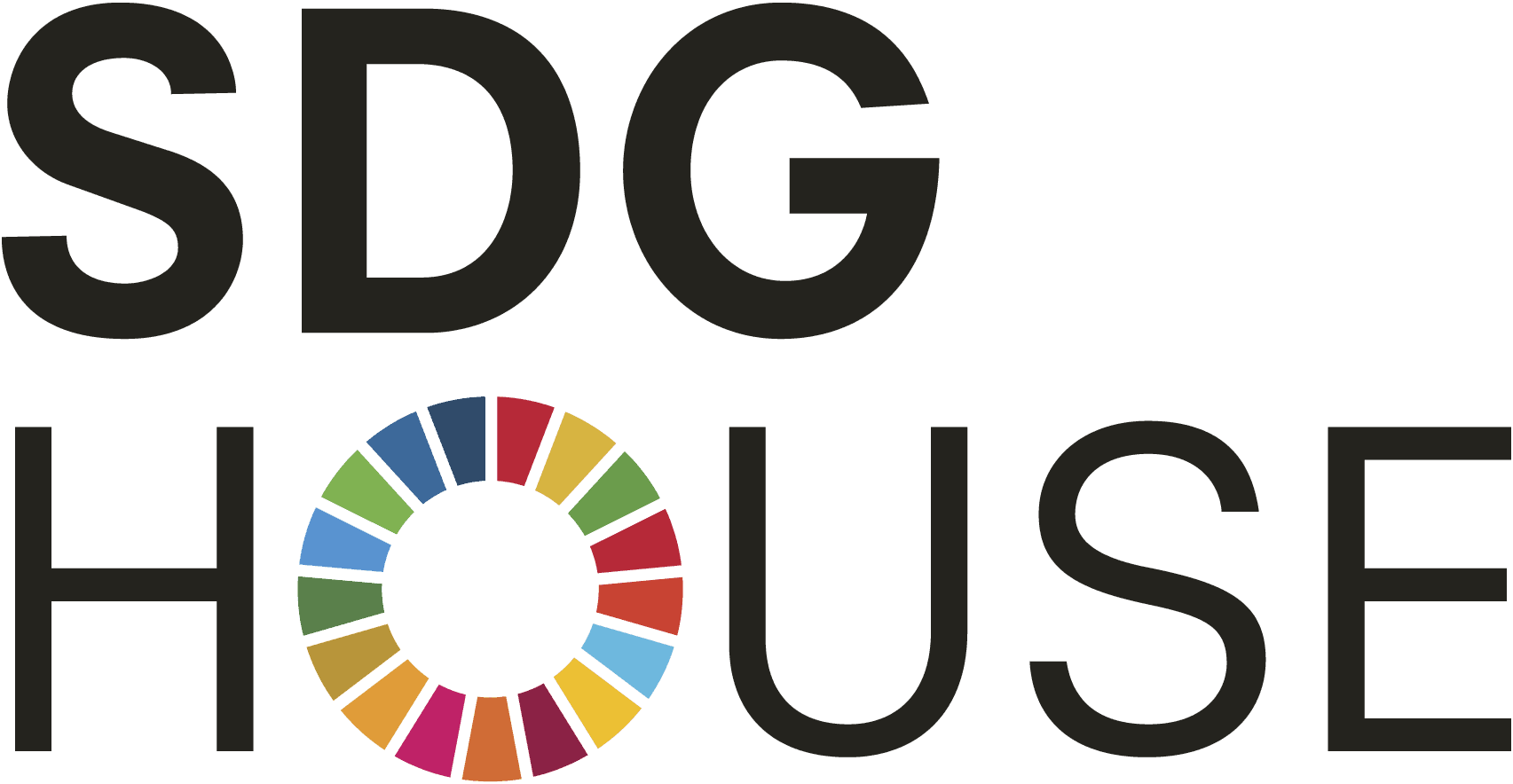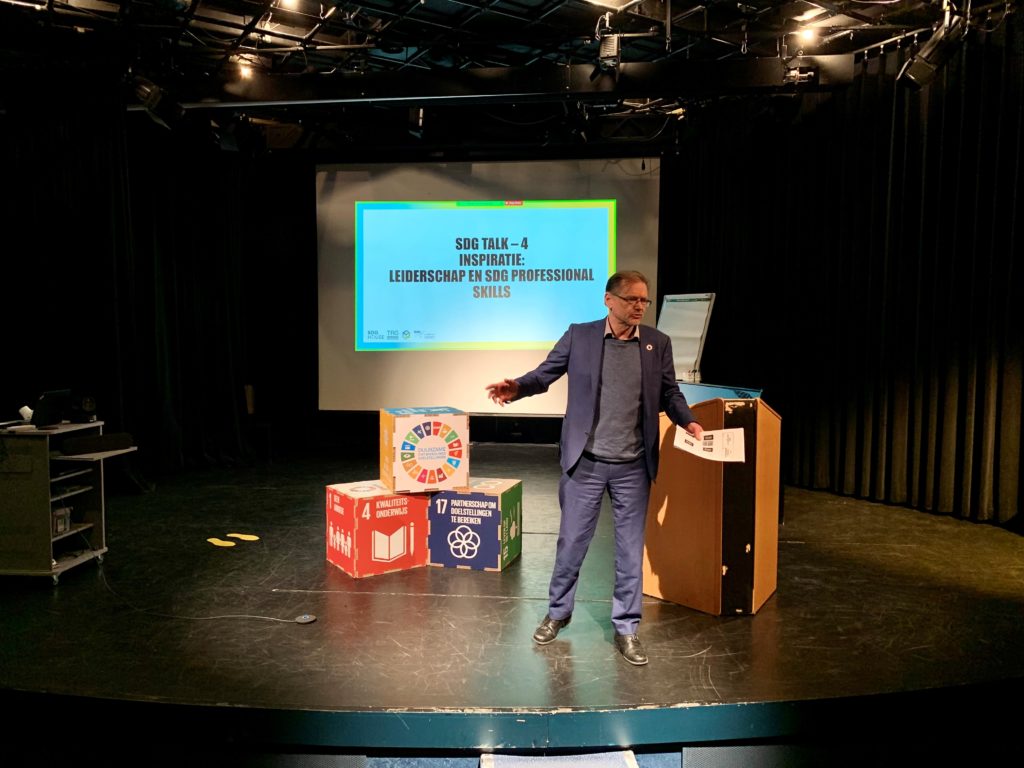Project Work by team STEV
Who is your client, what is your assignment and how have you approached this so far?
Our client is STEV, an organization for public primary education in the area surrounding Amersfoort. STEV has 13 primary schools affiliated to it. Our assignment focuses on STEV as a whole and can therefore add value to all schools affiliated to it.
The reason STEV engaged us as SDG trainees has to do with the Citizenship Education Law. This law implies that primary education is obliged to pay attention to citizenship education in the curriculum. In other words, all primary schools should teach children knowledge and respect for the basic values of the democratic constitutional state. However, STEV goes further in shaping citizenship education within its member schools. For instance, STEV’s director states: “Within STEV, we have a bigger ambition than just providing a training ground in citizenship. We have the ambition to develop our pupils into true global citizens”. Therefore, STEV has launched a challenging new global citizenship programme, with which many member schools are working with. The STEVig global citizenship programme has a number of interfaces with the SDGs. As STEV wants to continue to develop as a foundation and inspire member schools to get involved in this, they want to make the link between the SDGs and what they do on global citizenship explicit. That’s where we come in. Our assignment is to develop a tool where all STEV schools can examine their own education when it comes to the sustainability goals. Where do they stand now? Which SDGs are they (unconsciously) already giving attention to with the way they shape their education? And where is there still more to achieve?
Some of the steps we have taken in the meantime to make our assignment a success are as follows: in the preparatory phase, we mainly focused on becoming familiar with the primary education context. For example, we looked at the educational objectives of primary education and the legal assignment on citizenship. To get an idea of what is already happening within STEV, we inventoried initiatives from within STEV schools and had conversations with teachers about their views on citizenship education. We then translated the SDG targets to primary education in the form of statements, from which the tool for STEV schools will eventually emerge.
Which SDG goals are you working on and in what way?
STEV committed to take the reins to implement SDG-goals within STEV. As mentioned above, our project includes creating a tool in which STEV schools can see in what way they are contributing to the 17 SDG-goals, but also how they could apply the SDG-goals more within their education. In this way we are using all of the 17 SDG-goals.
STEV has, as a part of mandatory Citizenship Education Law, launched the STEVig programme. This program already has alignment with some of the SDG-goals. The most common SDG-goals within the STEVig program are: Goal 10 (reduced inequality), Goal 16 (Peace, Justice and Strong Institutions), Goal 13 (Climate Action) and 17 (Partnerships for the goals). Even though these SDG-goals are already present in the STEVig program, there is always more room for improvement. We therefore will, as another part of the final tool, make a suggestion list with actions (at policymaking- and class activities level) per SDG-goal. In this way we hope that STEV not only has insight into what actions it is taking to achieve the goals, but also encourages them to continuously increase their contribution to reach the SDG-goals by 2030 and years beyond that.
What do you find most challenging about the assignment? Have you learned something new or unexpected?
One of the most challenging parts for us about the assignment was bridging the SDG goals with primary education. There are 17 SDG-goals with each of them having their own targets. As mentioned before, some goals were already in line with the mandatory primary curriculum of citizenship classes. When analyzing the existing curriculum of STEV schools and the already implemented policies, it became clear for us that translating the SDG-goals in education can be done in multiple ways. For example, you could focus on promoting teamwork within class, which could be linked to SDG 17. But you could also stimulate children to make greener choices such as separating waste, which can be linked to SDG 13. The fact that you can contribute to realizing the SDG-goals in so many ways, made us realize that for the schools and teachers who want to implement the SDG goals it can feel like a challenge to prioritize and focus on where to start with. Therefore, it gives added value to our assignment to provide schools and teachers with concrete suggestions they can work with in practice.
What surprised us the most while working on our assignment is how many actions STEV as an organization is already taking which can be linked to the SDGs. When you look at the SDGs in general, they seem very big and therefore difficult to achieve. But with a focus on local and small levels, you can see that even the smallest steps can contribute to achieving bigger global goals. STEV’s efforts to teach children from an early age on to act as global citizens results in children becoming aware of the world and their place in it. This creates more willingness from an early age on to contribute to making this world a better place.



